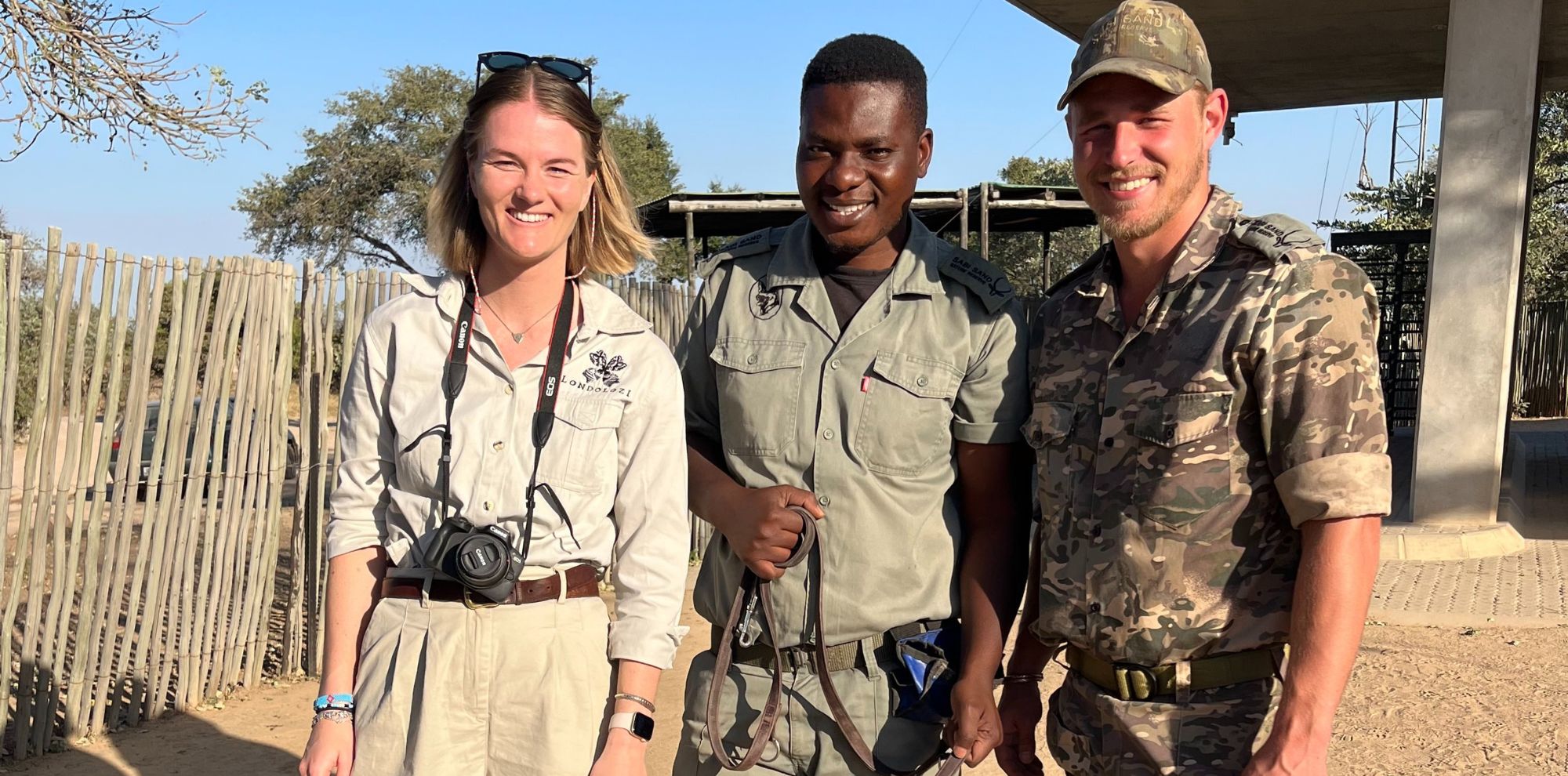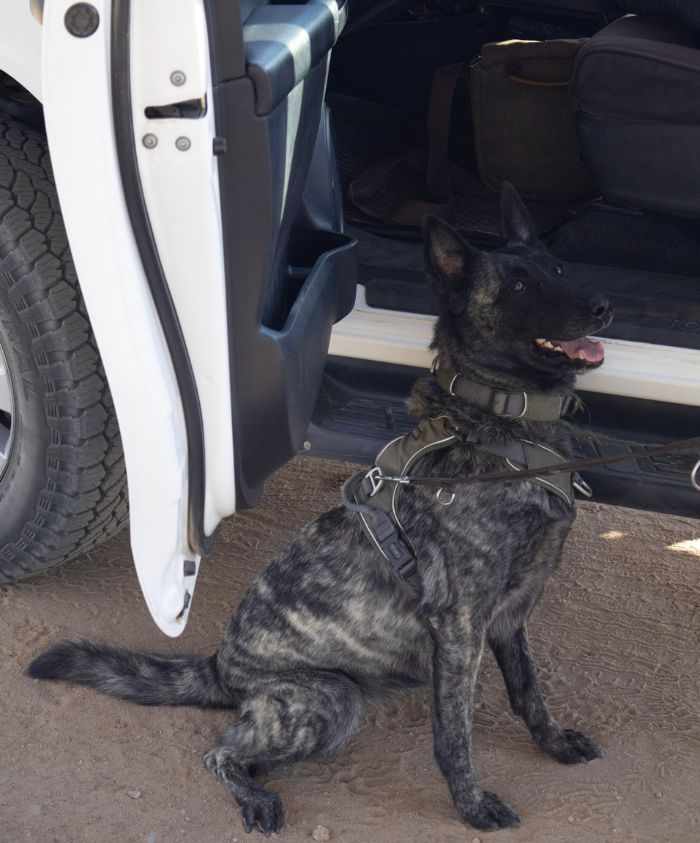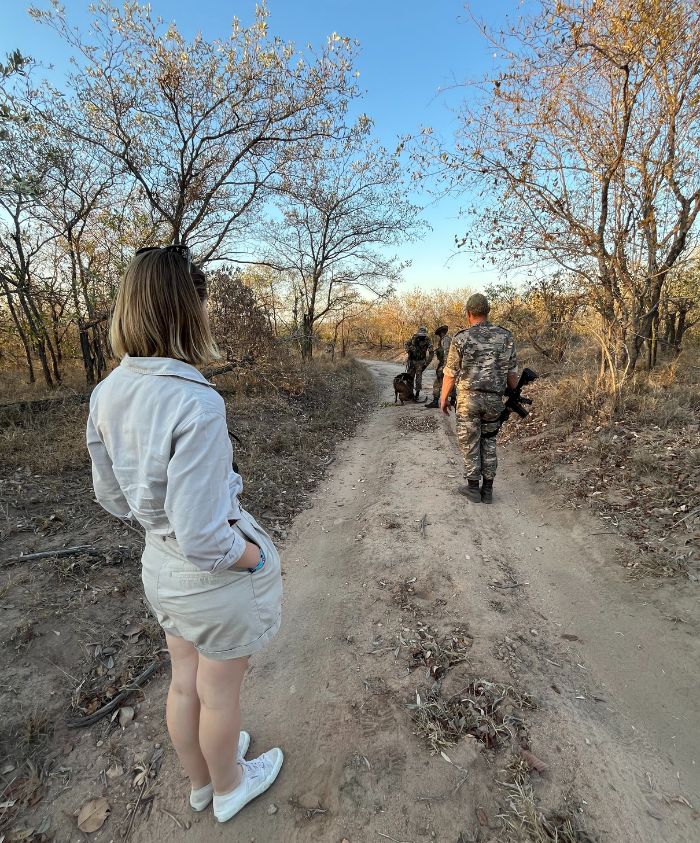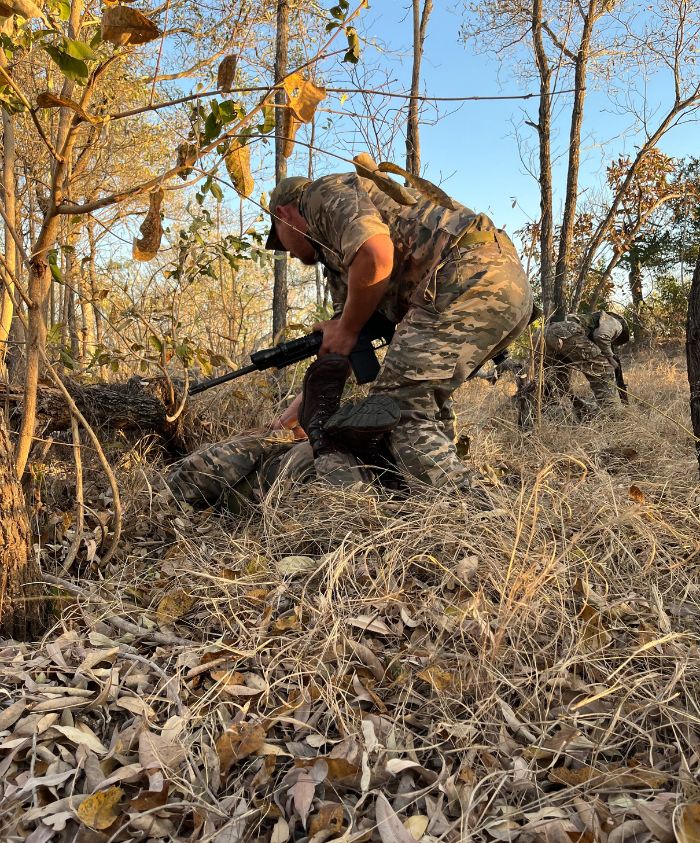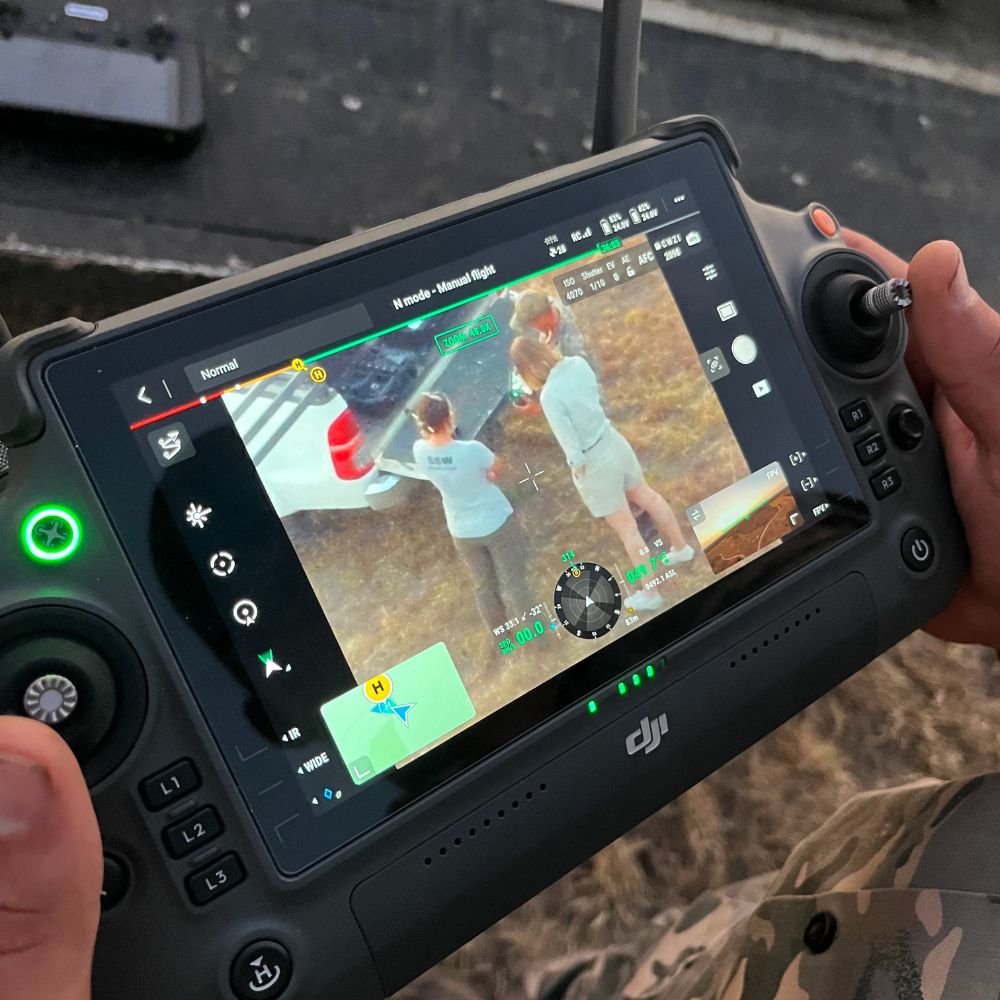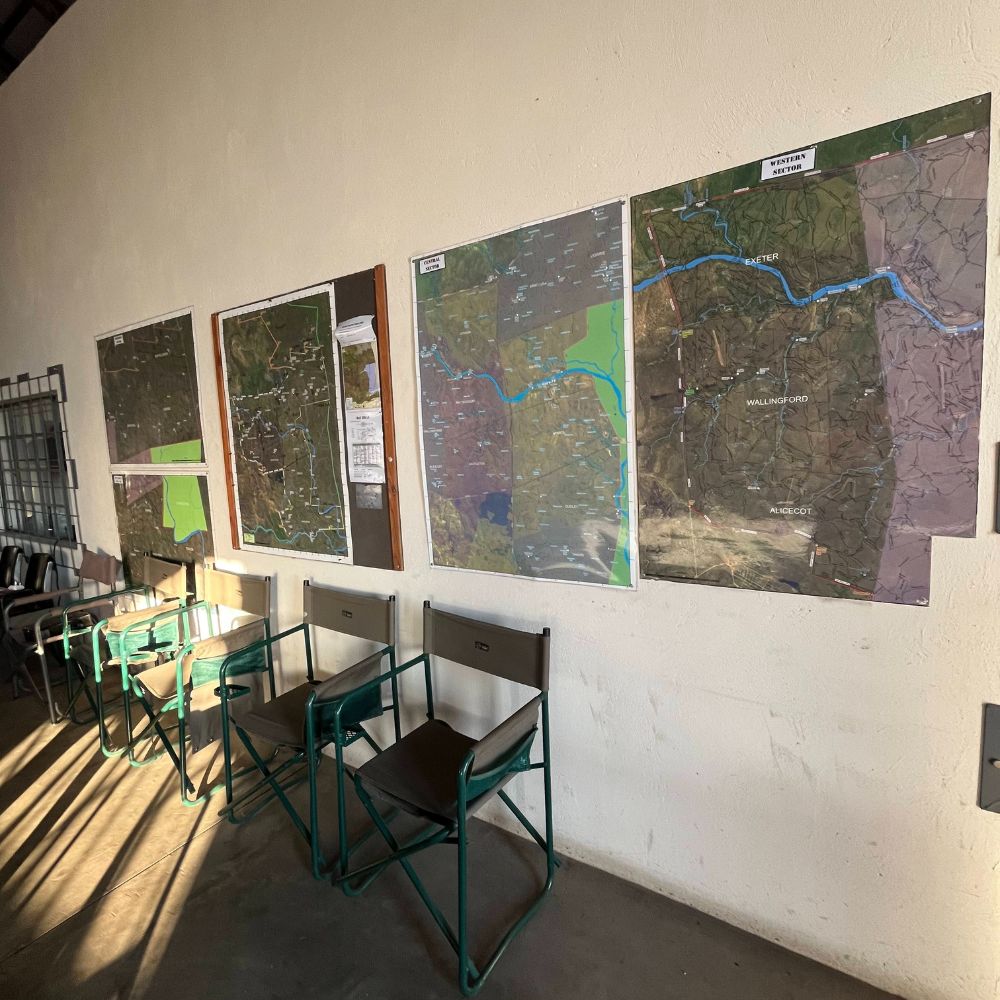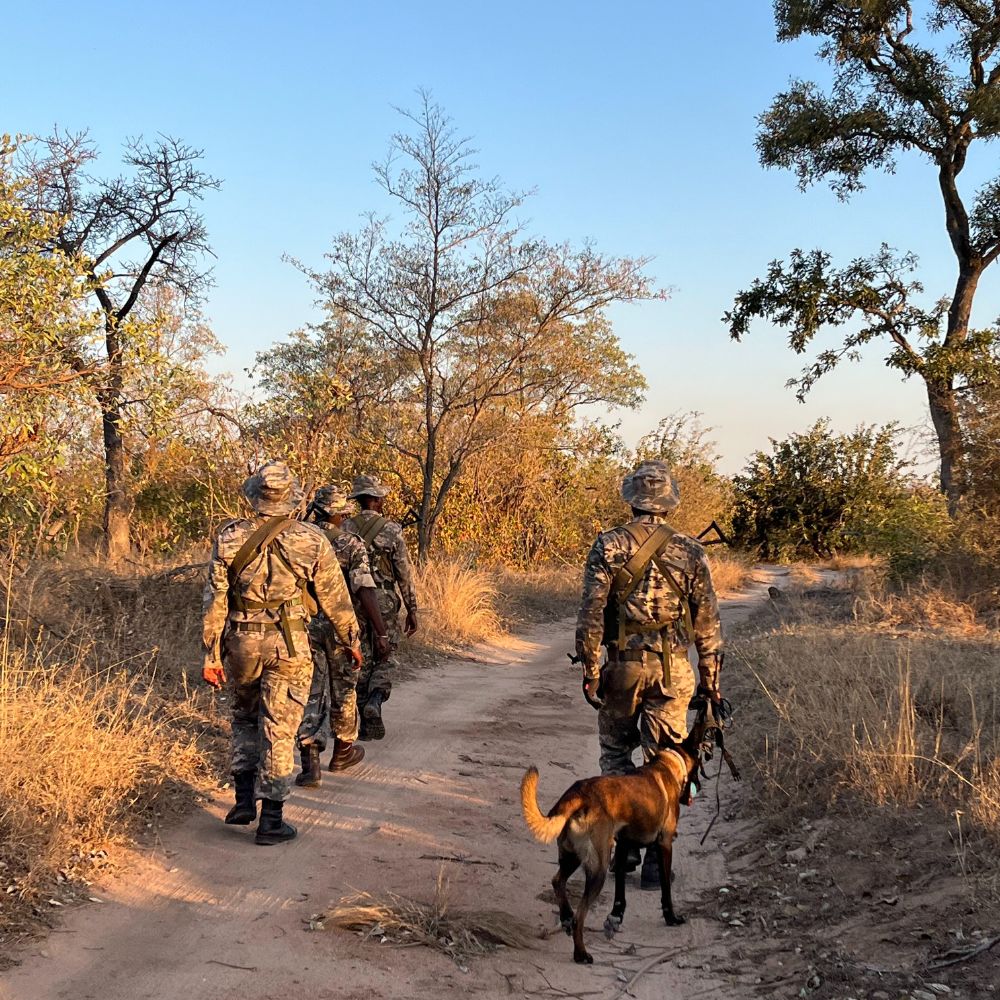Unleashing the Power of Canine Detection
Next, I joined a demonstration of the reserve’s canine unit. Ika, a Dutch Shepherd, demonstrated her incredible olfactory abilities by locating three substances that I was asked to hide inside a vehicle: rhino horn, pangolin scales, and firearm cartridges. These dogs, essential members of the anti-poaching team, treat their work like a game while eagerly awaiting their reward, a simple ball. The dogs also play a critical role at each of the reserve’s three gates, where vehicles and staff undergo thorough checks to prevent illegal materials from entering or exiting the reserve. Watching Ika in action was a reminder of the innovative methods employed to outwit poachers, and the incredible teamwork that it takes between a dog and their handler.
Tracking Poachers: A High-Stakes Drill
Later, we drove out to an outpost where a team of anti-poaching rangers are stationed, along with their tracking dogs. Here, I was briefed on how the units respond to incident reports, such as if gunshots are heard, and how they work together to coordinate operations, using radios and mobile phones to communicate with other responders.
I then got ready to venture into the bush with a team of rangers for a simulated tracking exercise. Following a scent trail meant to replicate a poacher’s movements, I tried my best to keep up as we navigated dense terrain, covering nearly 400 metres at an extremely brisk pace, all the while aware of the potential risk of chancing upon dangerous wildlife.
The adrenaline was palpable as the rangers closed in, and I watched as they worked quickly, flanking the target and executing a mock arrest. It was a visceral experience that mirrored the intensity of their daily operations, and one that left me covered in dust, heart beating out of my chest and a serious insight into the dangerous conditions faced every day by the rangers on the front line.
